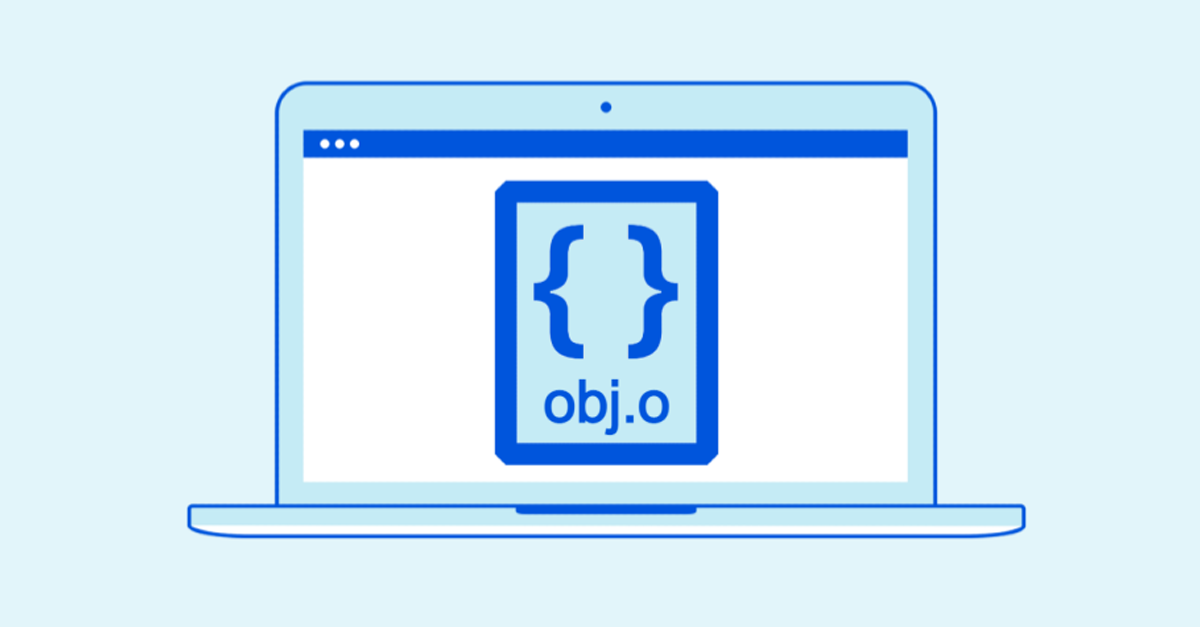0
Hello my friend,
after show pause we continue our blog series about the most popular network troubleshooting tools, which humankind has ever created. Today we’ll take a look at one of the most useful tool to obtain the information about the path between two endpoints and possible packet drops over that path. Ladies and gentlemen, please, welcome MTR.
1
2
3
4
5
| No part of this blogpost could be reproduced, stored in a
retrieval system, or transmitted in any form or by any
means, electronic, mechanical or photocopying, recording,
or otherwise, for commercial purposes without the
prior permission of the author. |
Can automation help with figuring what happened where?
In case of the infrastructure problems (networks, servers, VMs, containers), the time matters a lot. The quicker we can find the issue and fix that, the better it will be for our applications and our customers. Automation without doubts one of the key components, which allows you to quickly find and fix your issues.
In our trainings, the Live Network Automation Training (10 weeks) and Automation with Nornir (2 weeks), we explore a lot of real use cases, where the automation helps you to validate the state of you Continue reading



